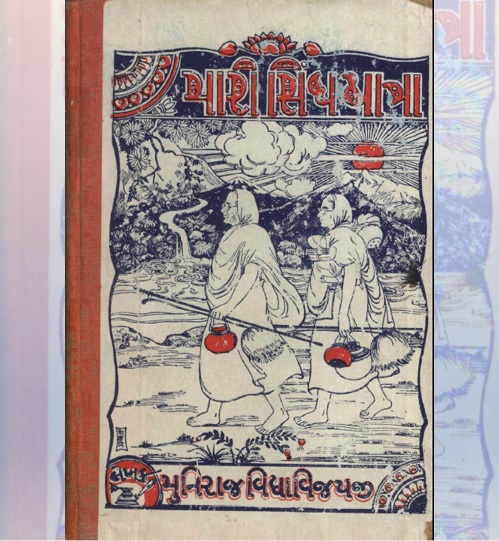
It is said that at the time of Talpur rule, Gujaratis, particularly Lohanas and Bhatias were the pioneers who entered Sindh. They arrived Nagar Thatta via Nagarparkar
[Editor’s Note: This is Part 25 (Gujaratis of Karachi – Part 2) of a series of articles based on a pre-partition book named “મારી સિંધ યાત્રા” (“منهنجي سنڌ جو سفر”) in Gujarati authored by a scholarly Jain sadhu Shri Vidyavijayji, narrating his experiences of Journey and his Stay in Karachi for about 2 and a half years between 1937 and 1939. It would be advisable to click on the Introductory Article and read it to better understand the series. – Nasir Aijaz, Editor Sindh Courier]
Vimal Shah, Mumbai
The History of Migration
It hardly needs a mention that Sindh is not far from Kutch – Gujarat – Kathiyawad. But it was very difficult to travel to such a nearby region. Travelling across the Rann of Kutch or travelling across the mounds of sand of Tharparkar is not an easy task. In earlier times it was more difficult for the householders to come to Sindh from Gujarat – Kathiyawad or Marwad – Mewad as compared to the difficulties faced by Jain Sadhus today. Despite that what is difficult for the adventurers? What are the goals that cannot be achieved with sincere efforts? And when it comes to survival, man ventures into the most difficult things that are not advisable otherwise.
More than one hundred and twenty-five years ago when Sindh was ruled by the Mirs and there was a terrible nuisance of robbers. It is said that at that time Gujaratis, particularly Lohanas and Bhatias were the pioneers who entered Sindh, and they arrived Nagar Thatta via Nagarparkar.
‘Gujarati’ does not mean only Hindus, but Parsi, Bohra, Khoja, Memon, etc. are also included in the Gujarati community
About ten years ago prominent resident of Karachi, Bhai Hiralal Ganatra had summarized the history of Gujaratis over the last hundred and ten years. He had said:
 About 110 years ago these people of Kathiyawad came over to Karachi port in their native ships for their earning through maritime trade. At that time there was no railway or steamer available for coming to Karachi from Kutch – Kathiyawad. People used to come here via Nagar Thatta, Jungshahi, and other places after walking across the Rann of Kutch using short routes.
About 110 years ago these people of Kathiyawad came over to Karachi port in their native ships for their earning through maritime trade. At that time there was no railway or steamer available for coming to Karachi from Kutch – Kathiyawad. People used to come here via Nagar Thatta, Jungshahi, and other places after walking across the Rann of Kutch using short routes.
 They also used to come by ships using the sea route from Mandvi, Jodiya or Jamnagar ports. Thus, the locality where Kutchi people are settled is popularly known as ‘Kutchi Gali’ and where Kathiyawadi people are settled as ‘Jodiya Bazar’ in the whole of Karachi.
They also used to come by ships using the sea route from Mandvi, Jodiya or Jamnagar ports. Thus, the locality where Kutchi people are settled is popularly known as ‘Kutchi Gali’ and where Kathiyawadi people are settled as ‘Jodiya Bazar’ in the whole of Karachi.
It is said that the accounting books of Samvat 1857 (The year 1800 A.D.) of Sheth Premji Pragji are preserved at the old and famous Pedhi (office) of Sheth Lalji Laxmidas. That means that Gujaratis entered Sindh more than 125 years ago. I want to clarify one thing again ‘Gujarati’ does not mean only Hindus, but Parsi, Bohra, Khoja, Memon, etc. are also included in the Gujarati community only. So, it must be understood that those communities are also together in all the activities of Gujaratis.
[Note by Vimal Shah: There are streets named ‘Pragji Street’ and ‘Laxmidas Street’ in Karachi. It is a matter of research whether these streets are named after the above-mentioned traders?]
Parsi, Vora, and Others
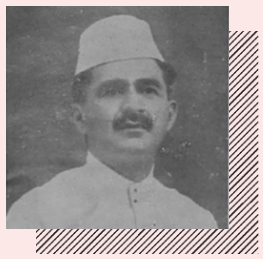 There is a considerable population of Parsis in Karachi and other places in Sindh, and that is about four thousand. About 3,600 is in Karachi itself. And their status is shining and high in Karachi as well as other cities. As mentioned in one of the articles by Bhai Rustom Sidhwa, Parsis came to Sindh over a hundred years ago.
There is a considerable population of Parsis in Karachi and other places in Sindh, and that is about four thousand. About 3,600 is in Karachi itself. And their status is shining and high in Karachi as well as other cities. As mentioned in one of the articles by Bhai Rustom Sidhwa, Parsis came to Sindh over a hundred years ago.
[Note by Vimal Shah: Rustom K. Sidhwa (1882 – 1957) was born in Karachi. He was a Mayor of Karachi from 1939-40 and a member of the Constituent Assembly and the first Parliament of India after Independence.]
There is a prominent road named ‘Rustom Sidhwa Marg’ in Mumbai which is home to landmarks such as the Parsi Fire Temple. It is tragic only a few remember the fearless crusader, let alone recall his services to nation” Quotes a news item published in the Indian Express on 20th November 2017 by Meenketan Jha.]
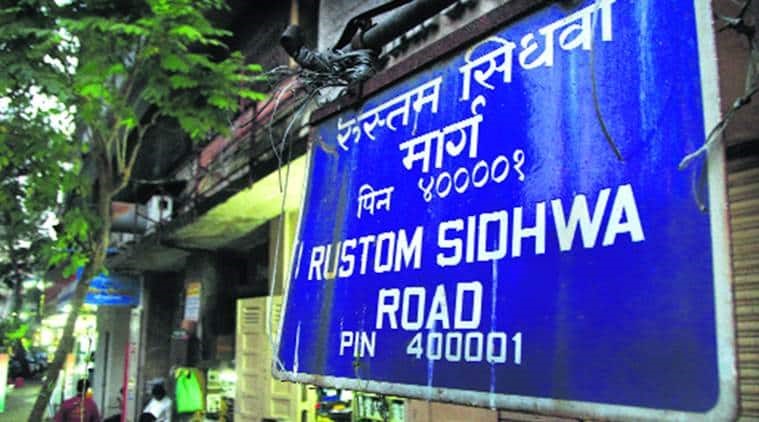 Likewise, there’s a large population of Bohras and Khojas. It is said that they too came to Sindh over a hundred years ago.
Likewise, there’s a large population of Bohras and Khojas. It is said that they too came to Sindh over a hundred years ago.
It is said that in 1931 a conference of ‘Mahasabha’ was organized in Karachi and most of the credit, if given it will be to the Gujarati community
There’s a drastic change in the population and growth of the Gujaratis of the above-mentioned communities. They have displayed their leadership in the social, religious, economic, and political arena. Not only that, according to the great Gujarati poet Nanalal they have proven the old saying ‘With their intellect, efforts, sharpness, and dominance – Gujaratis are capable of generating wealth even from sand’.
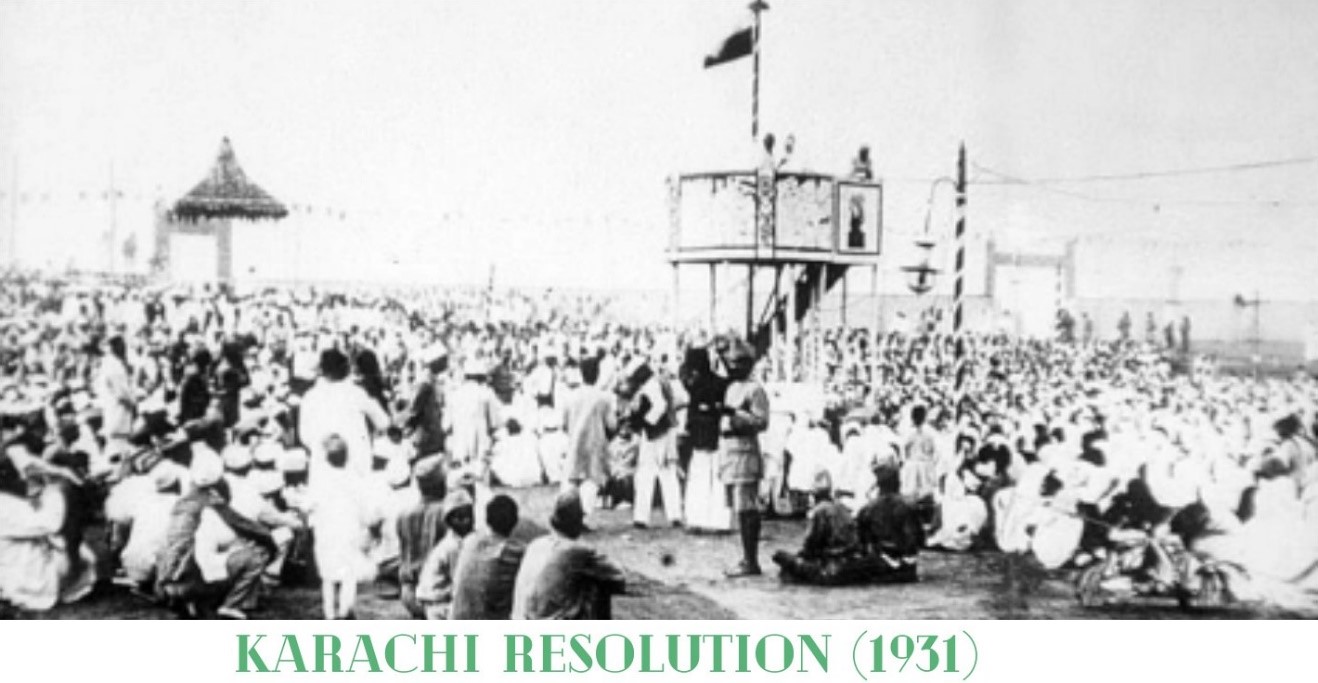 Activities of Gujaratis
Activities of Gujaratis
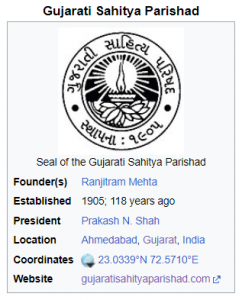 To describe the status of Gujaratis it would suffice to say that there’s no arena of Karachi where Gujaratis have not been shining or are not shining. Despite Sindh being considered as a region of Muslims and they are in majority, if activities of Gujaratis is eliminated from Karachi, what would be left will be insignificant.
To describe the status of Gujaratis it would suffice to say that there’s no arena of Karachi where Gujaratis have not been shining or are not shining. Despite Sindh being considered as a region of Muslims and they are in majority, if activities of Gujaratis is eliminated from Karachi, what would be left will be insignificant.
It is said that in 1931 a conference of ‘Mahasabha’ was organized in Karachi and most of the credit, if given it will be to the Gujarati community. Not only that, in Samvat 1995 Gujaratis celebrated ‘Shree Gurjar Sahitya Kala Mahotsav’ under the leadership of the great poet of Gujarat Shri Nanalal. Despite being away from their native land and countrymen, they are preserving their national pride, clothing, caste, language, and literature – in fact, they are preserving everything of theirs. They are ensuring that they cultivate gems for the temple of Gujarat.
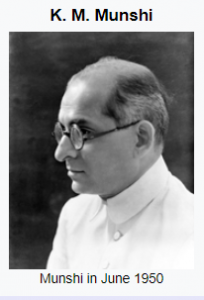 After that, in the last year, they had summarized their literary progress by holding the 13th session of the ‘Gujarati Sahitya Parishad’ (a literature festival) under the leadership of Shri Kanhaiyalal Maneklal Munshi.
After that, in the last year, they had summarized their literary progress by holding the 13th session of the ‘Gujarati Sahitya Parishad’ (a literature festival) under the leadership of Shri Kanhaiyalal Maneklal Munshi.
[Note by Vimal Shah: Kanhaiyalal Maneklal Munshi (1887–1971) is a multi-faceted personality and deserves an exclusive article. He was a freedom fighter, politician, lawyer, author from Gujarat. He founded Bharatiya Vidya Bhavan, an educational trust, in 1938. He was the Home Minister of the Bombay State (1948), Member of the Constituent Assembly of India, Member of Parliament, Minister for Agriculture & Food (1952-53), Governor of Uttar Pradesh (1952-1957), and held many prominent positions in social and cultural organizations.](Continues)
Click here for Part-I, Part-II, Part-III, Part-IV, Part-V , Part-VI , Part-VII , Part-VIII , Part-IX, Part-X, Part-XI, Part-XII, Part-XIII , Part-XIV, Part-XV, Part-XVI , Part-XVII, Part-XVIII , Part-XIX, Part-XX, Part-XXI, Part-XXII , Part-XXIII , Part-XXIV
___________________
About the contributor of the series of Articles based on the book
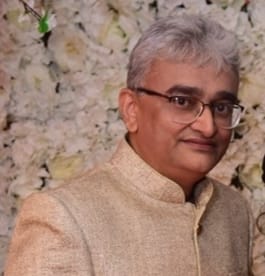 Vimal Shah is a follower of Jainism by birth and is based in Mumbai, India. He is a Computer Engineer and holds a Diploma in Jainology from Mumbai University. He has an immense interest in reading, writing, studying, and teaching Jain Philosophical subjects. He conducts classroom as well as online sessions on Jain Philosophical courses. He continues to study various subjects and remains a student of Jain Philosophy. He has significantly contributed to the Translation Project of the ‘Compendium of Jainism’ from English to Gujarati – an initiative of the JAINA India Foundation. He is also associated with a Project for the translation of Jain Aagams (Scriptures) from Gujarati to English. He has a special interest in the history and preservation of the Jain Heritage in Pakistan. He was part of a Delegation of the Jain Heritage Foundation, New Delhi that visited various Jain Heritage Sites in Pakistan in May-2023.
Vimal Shah is a follower of Jainism by birth and is based in Mumbai, India. He is a Computer Engineer and holds a Diploma in Jainology from Mumbai University. He has an immense interest in reading, writing, studying, and teaching Jain Philosophical subjects. He conducts classroom as well as online sessions on Jain Philosophical courses. He continues to study various subjects and remains a student of Jain Philosophy. He has significantly contributed to the Translation Project of the ‘Compendium of Jainism’ from English to Gujarati – an initiative of the JAINA India Foundation. He is also associated with a Project for the translation of Jain Aagams (Scriptures) from Gujarati to English. He has a special interest in the history and preservation of the Jain Heritage in Pakistan. He was part of a Delegation of the Jain Heritage Foundation, New Delhi that visited various Jain Heritage Sites in Pakistan in May-2023.
https://gen-msk.ru/kombinirovannye/super-tadarise-sialis-20-mg-dapoksetin-60-mg